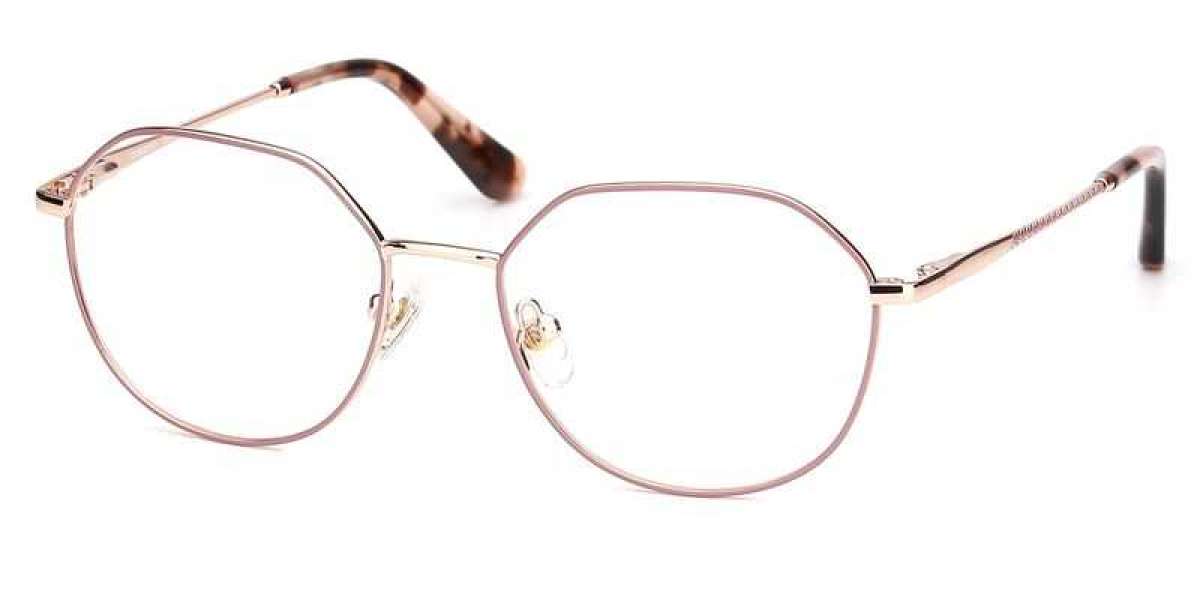The refractive index of a lens is determined by the material chosen for the glasses lens. When the center thickness and size of the prescription glasses lens are exactly the same, lenses of the same degree and material will have thinner edges than lenses with lower refractive indices.
For the same brand and series, the price of prescription glasses lenses can be inferred based on the refractive index. Basically, the higher the refractive index, the higher the price. However, compared to different brands or different series of the same brand, there is no significant difference in basic optical indicators such as effective light transmittance, wear resistance, and anti-fouling (anti-static, oil resistant, waterproof, etc.) - only under the same quality conditions can the price be compared, which is appropriate or expensive.
Simply comparing the absolute value of prices and ignoring the huge gap in quality is a common "trick" used by marketing scammers. The quality of individual materials for manufacturing lenses, the quality of lens molds, the level of coating and production processes, quality control capabilities, and quality stability vary greatly among different brands. Choosing a professional optical lens manufacturer's own brand of lenses is more important than choosing a refractive index.
It is worth noting that when choosing lenses, many salespeople do not claim that a higher refractive index is better. On the contrary, from a visual perspective, a higher refractive index is not better, but rather a lower refractive index is better.







